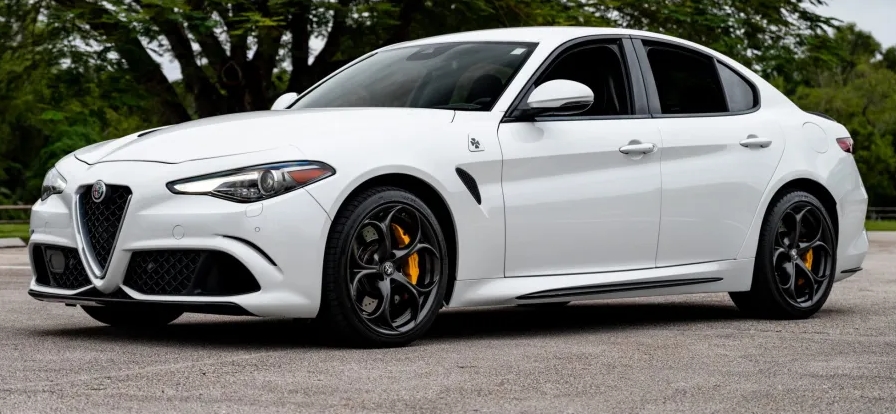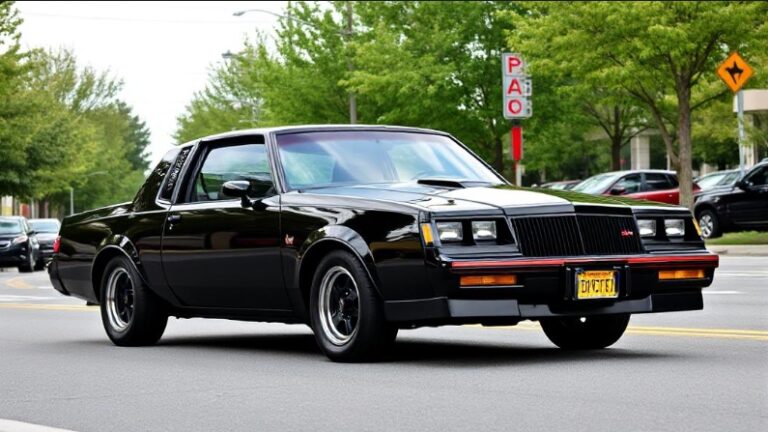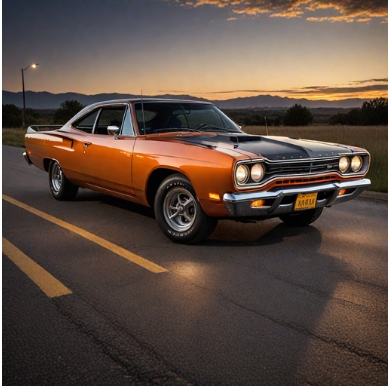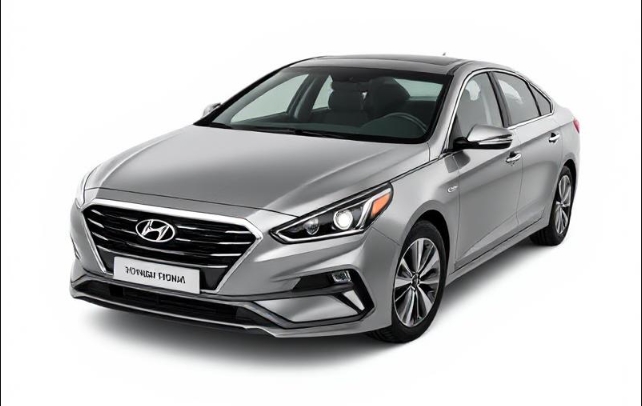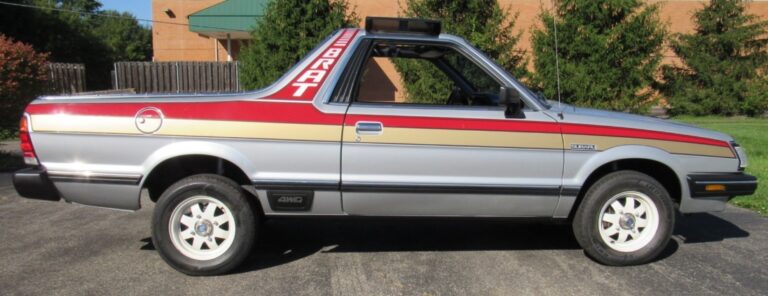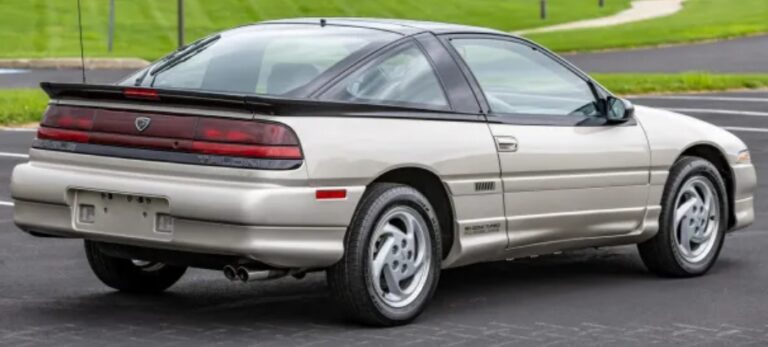The Evolution of the Alfa Romeo Giulia
Introduction
Since its inception, the Alfa Romeo Giulia has stood as a symbol of Italian automotive craftsmanship, combining performance, style, and engineering heritage. Over the decades, the Giulia nameplate has undergone significant evolution, reflecting advancements in technology, design philosophy, and market demands. This article traces the journey of the Alfa Romeo Giulia, from its initial launch in the 1960s to the modern models today, detailing all notable versions and trim levels.
1. The Original Alfa Romeo Giulia (1962–1978)
Background and Development
The original Alfa Romeo Giulia was introduced in 1962 as a compact executive car, designed to replace the Alfa Romeo Giulietta. Crafted under the guidance of renowned engineer Rudolf Hruska, the Giulia was praised for its lightweight construction, nimble handling, and sporty performance.
Design and Engineering
- Body Styles: Initially available as a saloon (sedan), the Giulia was later offered in coupe, spider, and Berlina variants.
- Platform: The car utilized a unibody construction with a rear-wheel-drive layout.
- Engine Options:
- The early models featured a 1.3-liter inline-four engine producing approximately 78 horsepower.
- Over time, engine options expanded to include:
- 1.6-liter (108 hp)
- 1.6-liter Ti (Touring International) with improved performance
- 1.8-liter (118 hp)
- 2.0-liter (121 hp)
- 1.6-liter and 1.8-liter twin-cam engines became particularly celebrated for their high-revving nature.
Models and Trim Levels
- Giulia 1600 (1962–1965): The base model with 1.6L engine.
- Giulia Super (1964–1978): A higher trim level with improved interior and features.
- Giulia Sprint (1963–1965): A sporty coupe with a more aerodynamic design.
- Giulia Spider (1966–1969): Convertible version, highly regarded for its driving dynamics.
- Giulia TI (Touring International): Luxury-oriented trims with upgraded interiors.
- Giulia GTA (Gran Turismo Alleggerita): A high-performance racing version built for homologation purposes, notable for its lightweight construction and racing success.
Legacy
The original Giulia lineup was celebrated for its handling, light weight, and sporty character. Its success on racing circuits, especially the GTA models, cemented its reputation as an enthusiast’s car.
2. The Modern Alfa Romeo Giulia (2015–Present)
Revival and Reintroduction
After decades of absence from the mainstream market, Alfa Romeo reintroduced the Giulia nameplate in 2015 as a 2016 model, marking a significant return to the compact executive segment with a focus on performance and luxury.
Design Philosophy
Designed by Alfa Romeo’s Centro Stile, the modern Giulia features a sleek, aggressive stance with distinctive front grille, sculpted lines, and Italian flair. It embodies Alfa Romeo’s ‘La Meccanica delle Emozioni’ philosophy—mechanics of emotion.
3. The 2016 Alfa Romeo Giulia (Type 952)
Introduction and Launch
The 2016 Giulia was launched as a 2017 model, initially available in the European market, with plans for global expansion. Its unveiling received critical acclaim for its handling, design, and engineering.
Powertrain Options
- Base Models:
- Giulia Sprint: Entry-level with a 2.0-liter turbocharged four-cylinder engine producing 200 horsepower.
- Quadrifoglio (2016–Present):
- The high-performance flagship introduced in 2016, with a 2.9-liter twin-turbocharged V6 engine sourced from Ferrari, producing 505 horsepower.
- The Quadrifoglio model was a direct competitor to the BMW M3 and Mercedes-AMG C63.
Trim Levels & Variants
- Giulia (Standard):
- Features included leather upholstery, 6-speed manual transmission (initially), or 8-speed automatic.
- Standard safety and driver-assistance features.
- Options for sportier trims included adaptive suspension and sport seats.
- Giulia Ti (Turismo Internazionale):
- A more luxury-oriented trim with premium interior materials, upgraded infotainment, and additional comfort features.
- Giulia Quadrifoglio:
- The performance-focused trim with sport-tuned suspension, carbon fiber interior accents, sport seats, and exclusive styling cues.
- Features include a limited-slip rear differential, Brembo brakes, and adaptive damping.
Special Editions & Packages
- Veloce: An intermediate trim offering some of the performance and luxury features of Quadrifoglio but with a less powerful engine.
- RWD & Q4 Variants: While most models are rear-wheel drive, some versions offered all-wheel drive (Q4), mainly in markets with harsher weather conditions.
4. The Evolution of the Model Line (Post-2016 to Present)
Facelift and Updates (2018–2020)
In 2018, Alfa Romeo launched a mid-cycle refresh for the Giulia, introducing subtle styling updates, improved infotainment systems, and driver-assistance technology such as adaptive cruise control, lane-keeping assist, and traffic sign recognition.
Engine and Performance Enhancements
- Introduction of mild-hybrid systems in some markets to meet emission standards.
- Powertrain efficiencies and tuning improvements for better fuel economy and performance.
Further Trim Differentiation
- The Giulia Veloce gained additional features like sportier styling, larger wheels, and sport exhaust.
- The Quadrifoglio remained the pinnacle of performance, with ongoing updates to chassis and aerodynamics.
5. The Future and Ongoing Developments
Alfa Romeo has announced plans to expand the Giulia lineup, including plug-in hybrid variants and the eventual electrification of the model. The focus remains on maintaining its sporty character while embracing new technologies.
.
THIS might be a great place to get your new car from!
Or for those who are into the “car flipping” business, here’s an excellent resource for you!

.
Summary of Key Models and Trim Levels
| Year(s) | Model/Trim Level | Engine Options & Highlights |
|---|---|---|
| 1962–1978 | Giulia, Giulia Super, Sprint, Spider, TI, GTA | 1.3L–2.0L inline-four; GTA with lightweight construction |
| 2016–Present | Giulia (Standard) | 2.0L turbo I4, 200 hp |
| 2016–Present | Giulia Veloce | Upgraded interior, sportier styling, optional Q4 AWD |
| 2016–Present | Giulia Quadrifoglio | 2.9L twin-turbo V6, 505 hp, Ferrari-derived, high-performance features |
Conclusion
The Alfa Romeo Giulia’s evolution reflects a commitment to sporty driving dynamics, Italian design, and technological innovation. From its pioneering 1960s roots as a lightweight, racing-oriented vehicle to the modern high-performance sedan equipped with advanced technology and luxury features, the Giulia has consistently embodied Alfa Romeo’s brand ethos. Its various models and trim levels have catered to a diverse range of enthusiasts—from those seeking a spirited daily driver to those craving a track-ready machine.
As the brand continues to innovate, the Giulia remains a vital part of Alfa Romeo’s lineup, symbolizing the timeless appeal of Italian automotive artistry combined with modern engineering excellence.
